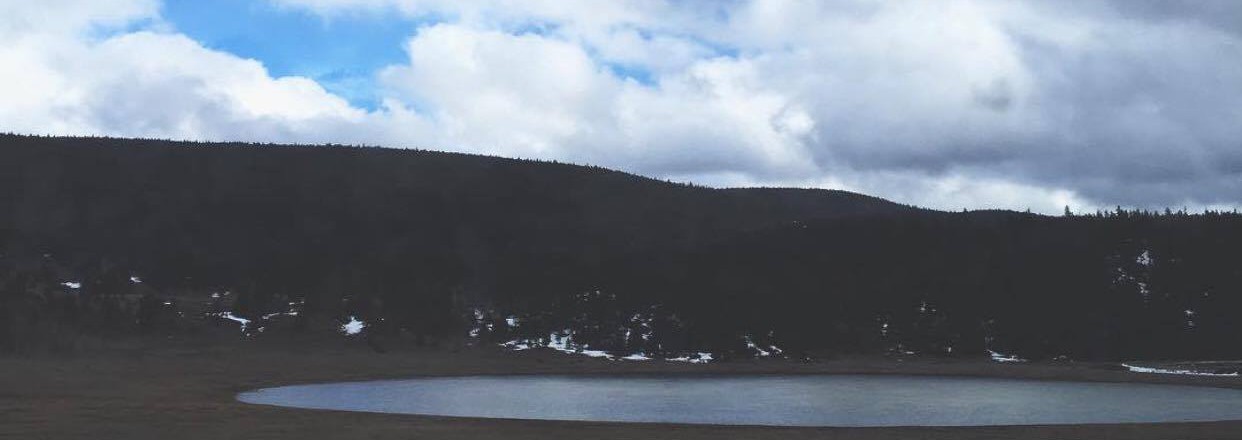February 1 – 12, 2016
In week 5, we met with Leo to talk about our ideas for the final project. Like other groups, Leo suggested that we narrow down our research question to something more specific. To refine our research question, we examined existing literature and case studies to gain a better understanding of the structure, goals and challenges of alternative education. A summary of our findings and key takeaways can be found on our Initial Theoretical Framework page, under the Research tab.
Our group has been in conversation about what are final project would look like, and we have initially decided that it would consist of three parts:
- First, we will create an online survey that will be filled out prior to our arrival at Williams Lake. This survey will allow us to gain insight on the student demographics, and will serve as a springboard for what we will do during our time in Williams Lake.
- Second, we plan to conduct focus groups to gain insight on the learning needs of the Skyline Students.
- Third, we hope to create a video to promote more positive perceptions of Skyline Alternate School to the Williams Lake community.
As it may be difficult to manage and do justice to all three projects, Leo suggested that we find a way to combine the survey and video together. A potential idea is to replace the video with another form of data visualization, such as a word cloud, to display the results from our survey. Because our community partner is keen on conducting surveys with the students over the long term, it would be interesting to see if the word cloud could automatically update itself to publish live results. Once we refine our research question and focus of the initial surveys, we will gain a better sense of what our focus groups may look like.
In week 6, we had our second meeting with Mike, the principal of Skyline Alternate High School. One of the key points he wanted to point out in response to our blog post about Skyline is that, school space isn’t the issue but rather the lack of services and facilities such as science labs, mental/woodworking shops, and a gymnasium, to provide a broader range of activities for students to choose from. He outlined and expressed his concerns that Skyline would like to address in regards to student experience and satisfaction. In particular he would like us to research:
- What are the underlying pull factors that are attracting students to Skyline?
- What are the push factors in mainstream high schools that are causing students to leave their former schools?
- Was it their choice to come to Skyline? Or was it out of the student’s’ control?
He recommended that we could construct our survey into two parts, the first as a questionnaire that could be completed online with short multiple choice, yes/no responses, and the second a written portion through a more comprehensive part that enables students to express their personal experiences. We are still in the process of creating the questions and platform for conducting the services, which we hope to have done within the span of the next two weeks.
Next we discussed our aims to construct small focus group discussions with the students and we were wondering what the best way would be to divide the students up. Mike recommended that we read up on the four quadrants of social-emotional growth that students are categorized in at Skyline to form the basis of our understanding for establishing different groups. Here are the four levels of social-emotional growth:
| Level 1 | Level 2 | Level 3 | Level 4 |
| • poor attendance | • good attendance (2 days/wk) | • good attendance 3/4 days/wk | • attending 4 days/wk consistently |
| • little participation | • participates in activities | • becoming a leader/role model in activities | • leading activities / peer tutor |
| • unwilling to problem solve | • beginning to discuss personal issues that are inhibiting success | • having success working through personal issues | • personal issues are decreasing and are no longer debilitating |
| • very little academics | • some academics completed | • completing courses | • looking at graduation and planning post secondary training |
According to their last reporting period (2012 – 2013), the composition of students were as following: Level 1 = 31%, Level 2 = 29%, Level 3 = 25%, Level 4 = 15%. This is certainly something we will take into consideration in our in the structural formation process of creating focus groups.
Over the reading break, we plan to refine our research question. Please check back for more updates!

I know I’m always commenting on your blog, but I just think it’s so interesting as a student from a similar-sounding alternative school to see some knowledge produced in a systematic way about the institution and students. The concept of push and pull factors, and identifying some common ones, seems like it could be really useful for the school in their planning efforts and student support. Mike, the principal seems very in touch with what’s happening at the school and clear about what he wants. Good luck!